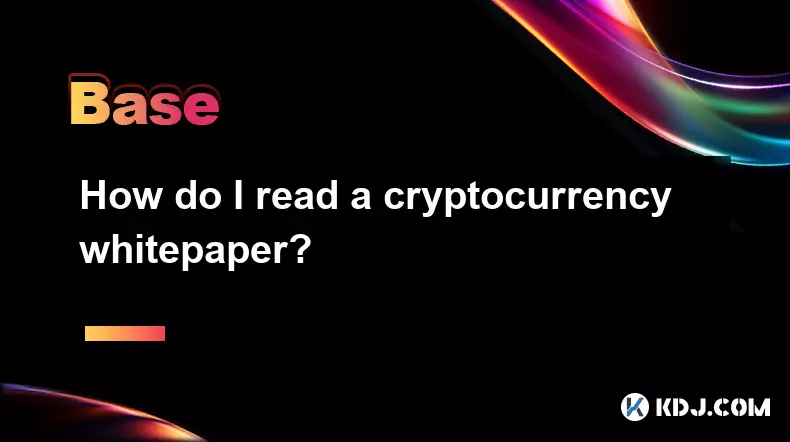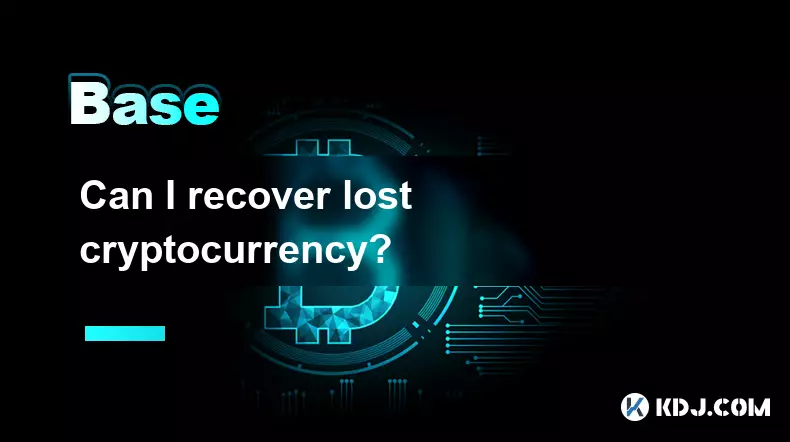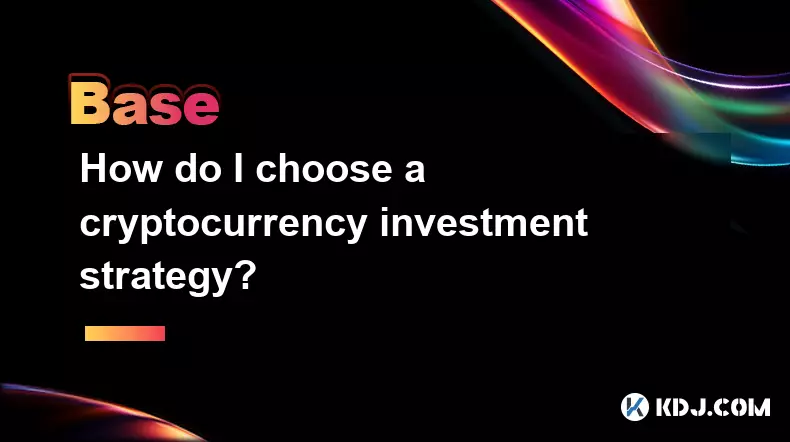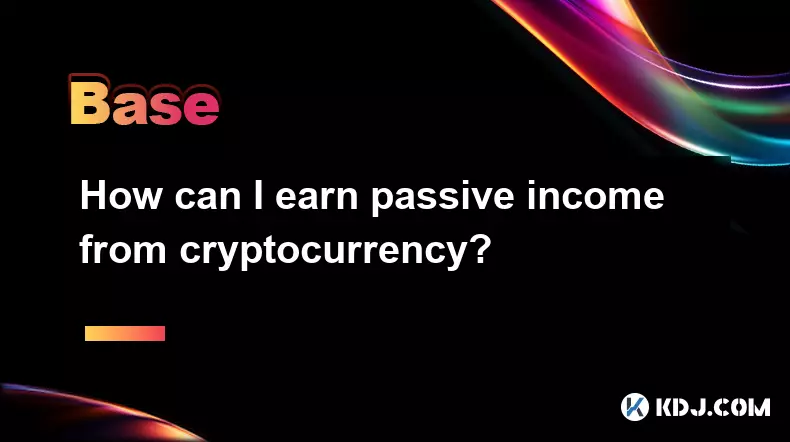-
 bitcoin
bitcoin $122659.385674 USD
0.52% -
 ethereum
ethereum $4484.113342 USD
-0.09% -
 bnb
bnb $1304.229256 USD
-0.85% -
 tether
tether $1.000204 USD
-0.03% -
 xrp
xrp $2.860636 USD
-0.51% -
 solana
solana $227.288799 USD
2.36% -
 usd-coin
usd-coin $0.999805 USD
0.01% -
 dogecoin
dogecoin $0.252837 USD
1.18% -
 tron
tron $0.341149 USD
1.12% -
 cardano
cardano $0.830507 USD
0.33% -
 hyperliquid
hyperliquid $45.792319 USD
0.04% -
 chainlink
chainlink $22.422164 USD
1.55% -
 ethena-usde
ethena-usde $1.000283 USD
0.01% -
 sui
sui $3.511389 USD
0.83% -
 stellar
stellar $0.385276 USD
-0.44%
How to earn interest on my crypto?
Earning crypto interest through staking, lending, or DeFi can grow your holdings, but involves risks like market volatility and platform security.
Jul 25, 2025 at 11:43 am

Understanding Crypto Interest: What It Is and How It Works
Earning interest on your cryptocurrency is a popular way to grow your holdings without actively trading. This process typically involves depositing your crypto into a platform that lends or stakes your assets, allowing you to earn periodic returns. These returns can come in the form of staking rewards, lending interest, or yield farming incentives, depending on the method you choose.
It's important to understand that not all platforms or methods offer the same rates or risk levels. Some platforms may offer higher interest rates but come with increased risk, such as smart contract vulnerabilities or lack of regulation. Therefore, due diligence is essential before locking up your assets.
Staking: Earning Interest by Securing the Network
One of the most common ways to earn interest on crypto is through staking. This method involves locking up your cryptocurrency to support the operations of a blockchain network, particularly those that use a Proof-of-Stake (PoS) consensus mechanism.
- Choose a staking-compatible cryptocurrency, such as Ethereum (ETH), Cardano (ADA), or Solana (SOL).
- Select a staking platform or wallet that supports staking, such as Binance, Coinbase, or a self-custodial wallet like Trust Wallet.
- Transfer your coins to the staking platform and follow the interface to delegate or activate staking.
- Monitor your staking rewards, which are typically distributed daily or weekly.
Keep in mind that some platforms require minimum staking amounts, and your funds may be locked for a specific period. Also, market volatility can impact the dollar value of your rewards, even if the percentage return remains steady.
Lending Your Crypto: Earning Interest Through Peer-to-Peer or Centralized Platforms
Another way to earn interest is by lending your crypto to borrowers via lending platforms. This can be done through centralized finance (CeFi) platforms like BlockFi or Celsius (before its collapse), or decentralized finance (DeFi) protocols like Aave or Compound.
- Create an account on a lending platform and complete the verification process if required.
- Deposit your crypto into the lending pool or account.
- Select the asset you want to lend and confirm the transaction.
- Earn interest based on the current market rate for that asset.
Interest rates can fluctuate depending on supply and demand for the asset, and some platforms offer fixed rates for specific durations. However, there are risks involved, especially with DeFi platforms, including smart contract exploits or liquidity issues.
Yield Farming: Maximizing Returns Through DeFi Protocols
Yield farming is a more advanced method of earning interest on crypto. It involves providing liquidity to DeFi protocols in exchange for yield rewards, often in the form of governance tokens or other incentives.
- Choose a DeFi platform, such as Uniswap, SushiSwap, or Curve Finance.
- Connect a compatible wallet, like MetaMask or Trust Wallet.
- Deposit two tokens to create a liquidity pool pair, or deposit stablecoins into a stablecoin pool.
- Confirm the transaction and monitor your yield earnings.
Yield farming can offer higher returns than staking or lending, but it also comes with impermanent loss risks and exposure to volatile token prices. Additionally, gas fees can eat into your profits, especially on networks like Ethereum.
Crypto Savings Accounts: A Simpler Alternative
For those who prefer a more hands-off approach, crypto savings accounts offered by certain platforms can be an attractive option. These accounts function similarly to traditional savings accounts but with crypto assets earning interest.
- Register with a platform that offers crypto savings accounts, such as YouHodler, Nexo, or Crypto.com.
- Deposit your preferred cryptocurrency into the savings account.
- Select the interest rate term if applicable, such as flexible or fixed periods.
- Earn interest automatically, often on a daily or weekly basis.
These accounts often allow instant withdrawals, though some platforms may require a minimum balance or impose withdrawal fees. Always review the terms and conditions carefully, especially regarding interest rate fluctuations and platform security.
Security and Risk Considerations When Earning Interest on Crypto
While earning interest on crypto can be profitable, it’s crucial to understand and mitigate the associated risks. These include:
- Smart contract vulnerabilities, especially in DeFi platforms.
- Platform insolvency or hacking risks, particularly with CeFi providers.
- Market volatility, which can affect the value of your principal and interest.
- Regulatory uncertainty, which may impact the legality or availability of certain services.
To reduce risk, consider diversifying your interest-earning strategies, using reputable platforms with strong security measures, and keeping a portion of your portfolio in stablecoins or low-risk assets.
Frequently Asked Questions
Is earning interest on crypto taxable?Yes, in many jurisdictions, interest earned on crypto is considered taxable income and must be reported accordingly. Consult a tax professional or use crypto tax software to track and report your earnings accurately.
Can I lose money earning interest on crypto?Yes, there are several risks involved, including smart contract failures, platform hacks, and market volatility. Always assess the risk profile of the platform and strategy before committing your funds.
What is the safest way to earn interest on crypto?The safest methods typically involve staking on reputable platforms or using crypto savings accounts with strong security features. Avoid high-risk DeFi protocols unless you fully understand the implications.
Do I need a minimum amount to start earning interest on crypto?Some platforms require minimum deposit amounts, while others allow you to start with any amount. Always check the requirements of the specific platform before depositing funds.
Disclaimer:info@kdj.com
The information provided is not trading advice. kdj.com does not assume any responsibility for any investments made based on the information provided in this article. Cryptocurrencies are highly volatile and it is highly recommended that you invest with caution after thorough research!
If you believe that the content used on this website infringes your copyright, please contact us immediately (info@kdj.com) and we will delete it promptly.
- US Treasury, Bitcoin, and Reserve Expansion: A New Era?
- 2025-10-10 02:45:12
- Trading Bots & AI Algorithms: Your 2025 Edge
- 2025-10-10 02:45:12
- Monero and Zcash: Privacy Coins Spark Price Breakout
- 2025-10-10 02:45:38
- Zora Crypto Price Jumps After Robinhood Listing: A New York Minute on the Altcoin Scene
- 2025-10-10 02:25:16
- Digital Gold: Future of Ownership and Investment in the Crypto Age
- 2025-10-10 02:45:38
- Crypto Presales: Buy Now or Cry Later When Prices Double?
- 2025-10-10 02:45:38
Related knowledge

How does cryptocurrency achieve decentralization?
Sep 30,2025 at 04:37am
Understanding the Foundation of Decentralization in Cryptocurrency1. Cryptocurrency achieves decentralization primarily through the use of blockchain ...

What are some common methods of cryptocurrency market manipulation?
Sep 27,2025 at 02:55am
Wash Trading and Its Impact on Market Perception1. Wash trading involves an individual or entity simultaneously buying and selling the same cryptocurr...

How do I read a cryptocurrency whitepaper?
Sep 27,2025 at 05:54am
Understanding the Structure of a Cryptocurrency Whitepaper1. Begin by identifying the executive summary, which outlines the project’s core vision and ...

Can I recover lost cryptocurrency?
Sep 25,2025 at 08:18am
Understanding the Nature of Cryptocurrency Loss1. Cryptocurrency operates on decentralized networks, meaning there is no central authority to reverse ...

How do I choose a cryptocurrency investment strategy?
Sep 27,2025 at 03:55pm
Understanding Risk Tolerance in Crypto Investing1. Assessing personal risk tolerance is a foundational step when entering the cryptocurrency market. V...

How can I earn passive income from cryptocurrency?
Sep 23,2025 at 10:18am
Staking Cryptocurrencies for Regular Returns1. Many blockchain networks operate on a proof-of-stake (PoS) consensus mechanism, allowing users to earn ...

How does cryptocurrency achieve decentralization?
Sep 30,2025 at 04:37am
Understanding the Foundation of Decentralization in Cryptocurrency1. Cryptocurrency achieves decentralization primarily through the use of blockchain ...

What are some common methods of cryptocurrency market manipulation?
Sep 27,2025 at 02:55am
Wash Trading and Its Impact on Market Perception1. Wash trading involves an individual or entity simultaneously buying and selling the same cryptocurr...

How do I read a cryptocurrency whitepaper?
Sep 27,2025 at 05:54am
Understanding the Structure of a Cryptocurrency Whitepaper1. Begin by identifying the executive summary, which outlines the project’s core vision and ...

Can I recover lost cryptocurrency?
Sep 25,2025 at 08:18am
Understanding the Nature of Cryptocurrency Loss1. Cryptocurrency operates on decentralized networks, meaning there is no central authority to reverse ...

How do I choose a cryptocurrency investment strategy?
Sep 27,2025 at 03:55pm
Understanding Risk Tolerance in Crypto Investing1. Assessing personal risk tolerance is a foundational step when entering the cryptocurrency market. V...

How can I earn passive income from cryptocurrency?
Sep 23,2025 at 10:18am
Staking Cryptocurrencies for Regular Returns1. Many blockchain networks operate on a proof-of-stake (PoS) consensus mechanism, allowing users to earn ...
See all articles


























![🚨IS VECHAIN (VET) A DEAD COIN ?? PRICE ANALYSIS [GET READY NOW] 🚨IS VECHAIN (VET) A DEAD COIN ?? PRICE ANALYSIS [GET READY NOW]](/uploads/2025/10/09/cryptocurrencies-news/videos/vechain-vet-dead-coin-price-analysis-ready/68e7b200b067b_image_500_375.webp)















































